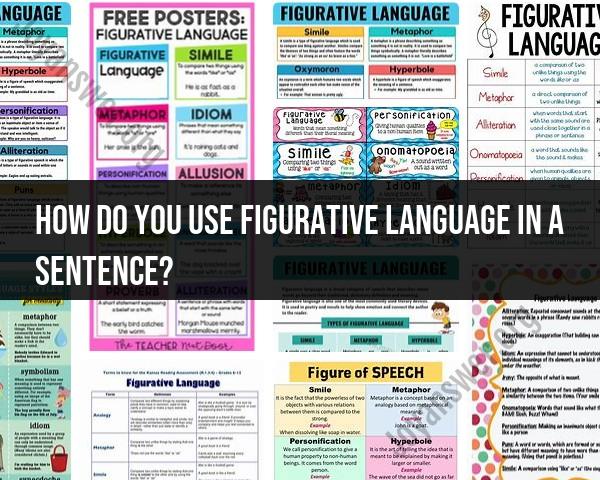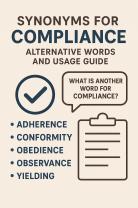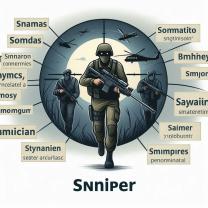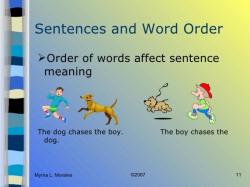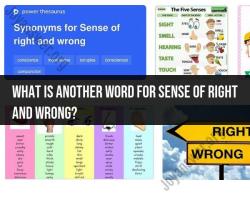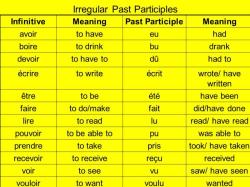How do you use figurative language in a sentence?
Using figurative language in a sentence can add depth, vivid imagery, and creativity to your writing. Figurative language includes literary devices like similes, metaphors, personification, hyperbole, and more. Here's how to use figurative language effectively in sentences:
Simile: A simile compares one thing to another using "like" or "as."
- Example: Her smile was as bright as the morning sun.
Metaphor: A metaphor directly equates one thing to another, often without using "like" or "as."
- Example: His heart was a stone, unyielding and cold.
Personification: Personification attributes human characteristics to non-human things.
- Example: The wind whispered through the trees, sharing its secrets.
Hyperbole: Hyperbole involves extreme exaggeration for emphasis.
- Example: She has a million things to do today.
Alliteration: Alliteration is the repetition of the same consonant sounds at the beginning of adjacent words.
- Example: The sly snake silently slithered through the grass.
Onomatopoeia: Onomatopoeia uses words that sound like the sound they represent.
- Example: The thunder rumbled in the distance.
Irony: Irony involves expressing the opposite of what's expected or a situation that contradicts expectations.
- Example: The firefighter's house burned down.
Oxymoron: An oxymoron combines contradictory terms to create a new meaning.
- Example: Bittersweet memories filled her heart.
Idioms: Idioms are expressions with meanings not deducible from their individual words.
- Example: "The ball is in your court" means it's your turn to make a decision.
Symbolism: Symbolism uses objects or ideas to represent deeper meanings or concepts.
- Example: The broken chain symbolized freedom.
Allusion: Allusion refers to a well-known person, event, or piece of literature to convey meaning.
- Example: He had the strength of Hercules when he lifted the car off the injured pedestrian.
Imagery: Imagery uses vivid and sensory language to create mental pictures.
- Example: The sun dipped below the horizon, painting the sky in shades of orange and pink.
Metonymy: Metonymy substitutes a related word for the word itself.
- Example: The White House issued a statement.
Synecdoche: Synecdoche uses a part of something to represent the whole or vice versa.
- Example: "All hands on deck" means all crew members are needed.
Euphemism: Euphemism substitutes a milder or more polite expression for a potentially harsh or offensive one.
- Example: He passed away instead of he died.
To use figurative language effectively, consider your writing's context and purpose. Be mindful of not overusing it, as too much can make your writing feel contrived. Figurative language should enhance your text, making it more engaging and expressive.
How to incorporate figurative language into your sentences for added expression?
Figurative language is a way of using words to create a more vivid and expressive image in the reader's or listener's mind. It can be used to make your writing more interesting and engaging, and to convey emotions more powerfully.
There are many different types of figurative language, but some of the most common include:
- Simile: A simile is a comparison between two unlike things using the words "like" or "as." For example: "Her eyes were like stars."
- Metaphor: A metaphor is a comparison between two unlike things without using the words "like" or "as." For example: "Her eyes were stars."
- Personification: Personification is giving human qualities to non-human things. For example: "The wind whispered through the trees."
- Hyperbole: Hyperbole is an exaggeration. For example: "I'm so hungry I could eat a horse."
- Onomatopoeia: Onomatopoeia is the use of words that sound like the things they describe. For example: "The buzz of the bees filled the air."
What are some examples of figurative language and how to use them effectively?
Here are some examples of how to use figurative language effectively:
- Simile: "His smile was like a ray of sunshine."
- Metaphor: "Her love is a river that will never run dry."
- Personification: "The old house creaked and groaned as the wind whipped through it."
- Hyperbole: "I've told you a million times to clean your room!"
- Onomatopoeia: "The click-clack of the train tracks echoed through the night."
How to convey vivid imagery and emotions through figurative language in writing and speech?
To convey vivid imagery and emotions through figurative language, you need to choose your words carefully. Think about what image or emotion you want to evoke in your reader or listener, and then choose words that will create that image or emotion.
For example, if you want to convey the feeling of excitement, you might use words like "exploded," "soared," or "burst." If you want to convey the feeling of sadness, you might use words like "gloomy," "despondent," or "heartbroken."
You can also use figurative language to create a sense of place. For example, if you want to describe a beautiful beach, you might use words like "shimmering," "crystal-clear," and "soft."
By using figurative language carefully and thoughtfully, you can add depth and dimension to your writing and speech.
Here are some additional tips for using figurative language effectively:
- Use figurative language sparingly. Too much figurative language can be overwhelming and confusing for your reader or listener.
- Choose your words carefully. Make sure that the words you choose create the image or emotion that you want to evoke.
- Be original. Don't just use clichéd phrases and expressions. Try to come up with your own unique and creative ways to use figurative language.
By following these tips, you can use figurative language to make your writing and speech more vivid, expressive, and engaging.
